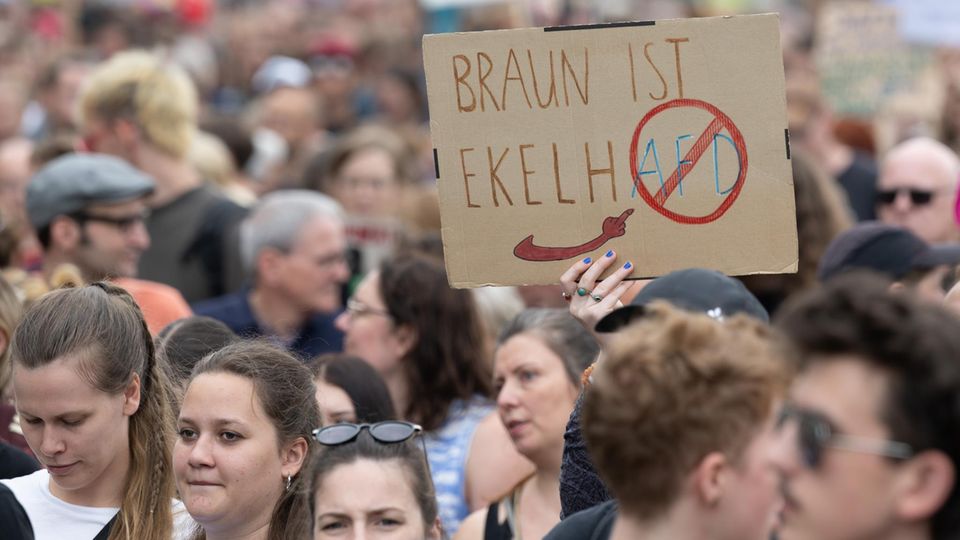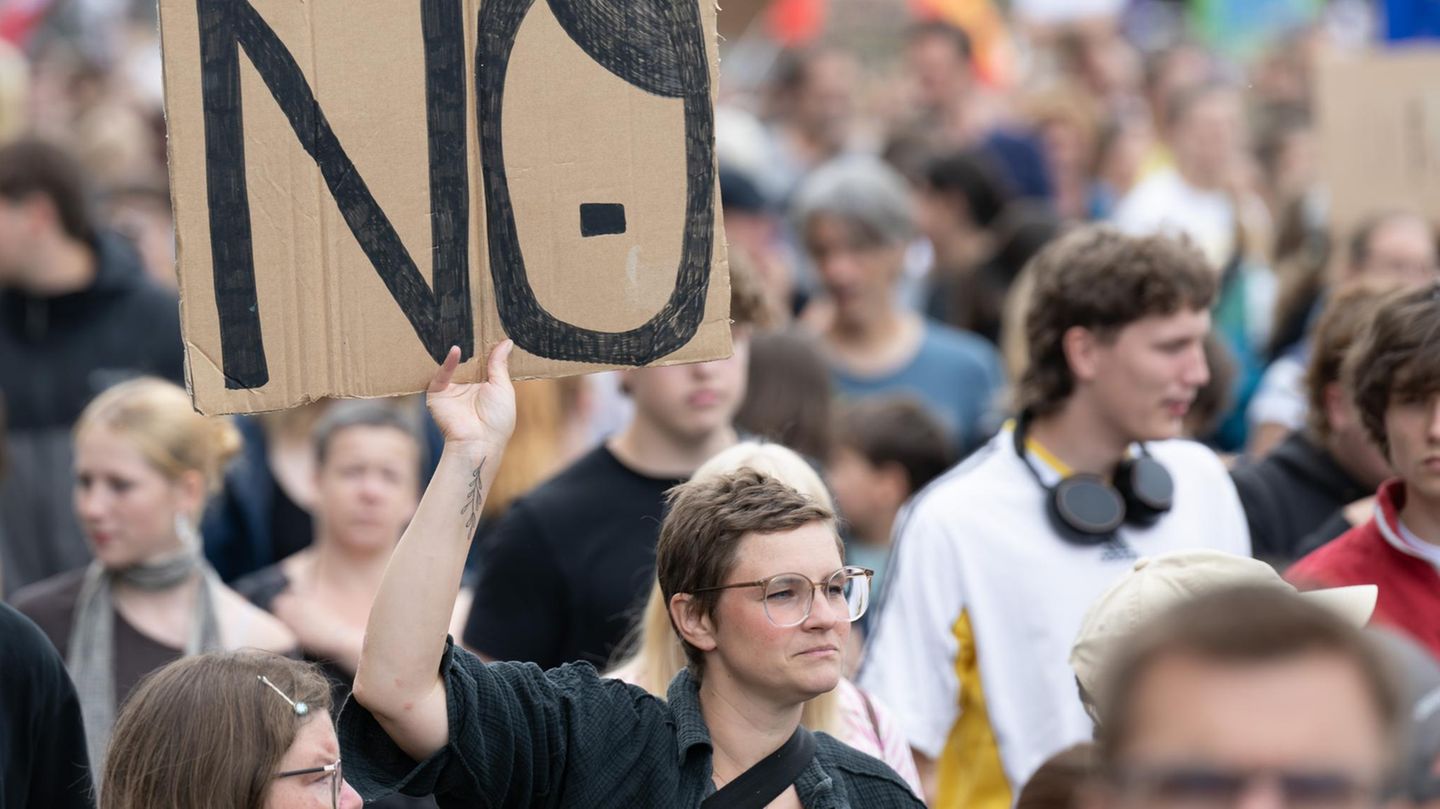interview
Protest researcher Dieter Rucht predicted large demonstrations against the AfD before the state elections. But they never materialized. Here he explains why the protest movement was unable to stop the AfD’s advance.
Mr Rucht, last weekend thousands of people took to the streets in Leipzig, Dresden and Erfurt – for democracy, against the AfDIs this a second wave of protests like at the beginning of the year?
It is not such a large wave of protests. Mobilization fell far short of the organizers’ hopes. I too had expected that there would be widespread demonstrations before the state elections, triggered by a debate about the effects of an AfD victory. I was wrong.
This is likely to be frustrating for the organizers of the rallies. After all, according to current polls, the AfD could Saxony and Thuringia will become the strongest force.
Yes, and apparently some people are reacting rather inappropriately to this: they are publishing highly exaggerated numbers of participants. My colleagues checked how many people took part in demonstrations in July, including in Leipzig and Dresden. In some cases they counted only half as many demonstrators as the organizers.

Between January and early March, according to your count, over three million people took part in the democracy-Protests. You call it the largest wave of protests in the history of the Federal Republic. Did the demonstrations have no influence at all on the upcoming state elections?
That’s difficult to say. Demonstrators from back then can of course say today: If we hadn’t taken to the streets, everything would have been much worse. But it is also clear that the success story of the protests was based on a false assumption: the silent majority, a cross-section of the population, was protesting here. Therefore, the mood on the streets would also be reflected at the ballot box. That’s what many people believed. But no cross-section of the population was present there. Our surveys show that most demonstrators come from the left-wing spectrum and have a high level of education.
“There was no mixing at the demonstrations”
While the AfD according to a star-Opinion poll is especially popular among workers and those who describe their financial situation as strained.
The AfD is also popular in parts of the middle class, for example among tradespeople. However, these groups were hardly represented at the demonstrations. There was no mixing. At such gatherings, people usually signal their affiliation to a particular camp. Participants thereby send a signal to friends and acquaintances, marking their stance. Demonstrations are not a medium for exchanging arguments.

In small towns in Saxony, the more left-wing demonstrators were sometimes confronted by more right-wing and right-wing extremist counter-demonstrators. A success for the AfD?
Yes, paradoxically, the democracy protest has even strengthened the AfD camp in some places. The self-confident appearance of the pro-democrats has provoked a reaction from the other side and motivated them to show their colors. The right-wing camp around the AfD has long since ceased to be a small minority. In the upcoming state elections, almost one in three voters wants to vote for the AfD, a figure never seen before.
Source: Stern
I have been working in the news industry for over 6 years, first as a reporter and now as an editor. I have covered politics extensively, and my work has appeared in major newspapers and online news outlets around the world. In addition to my writing, I also contribute regularly to 24 Hours World.




